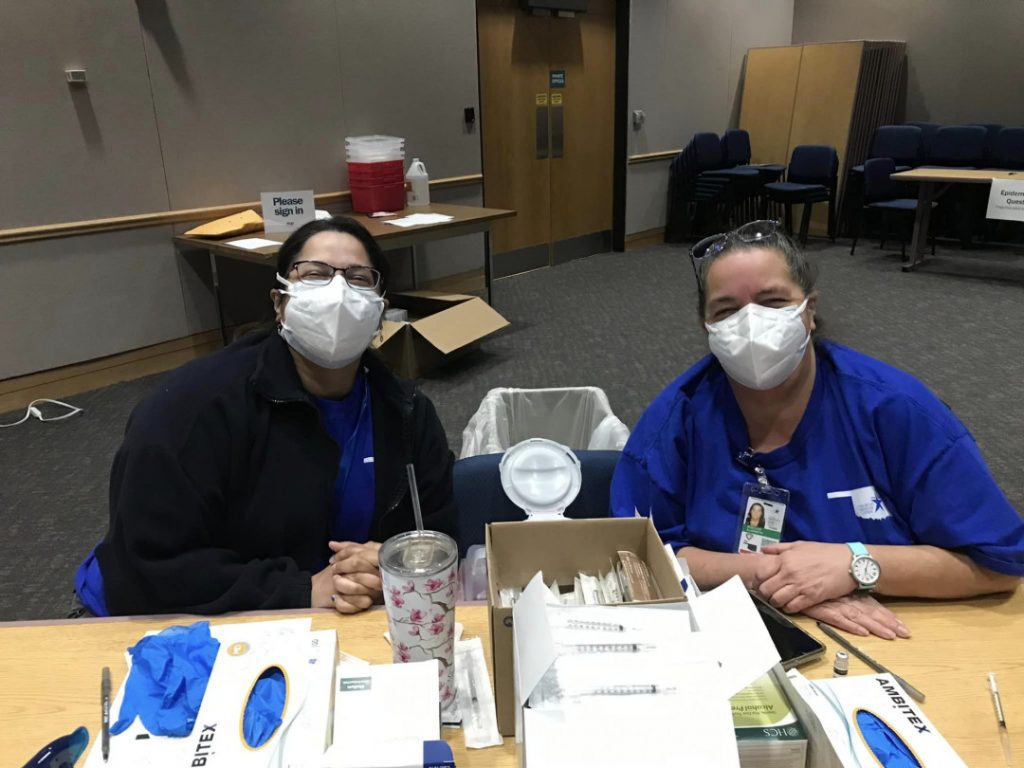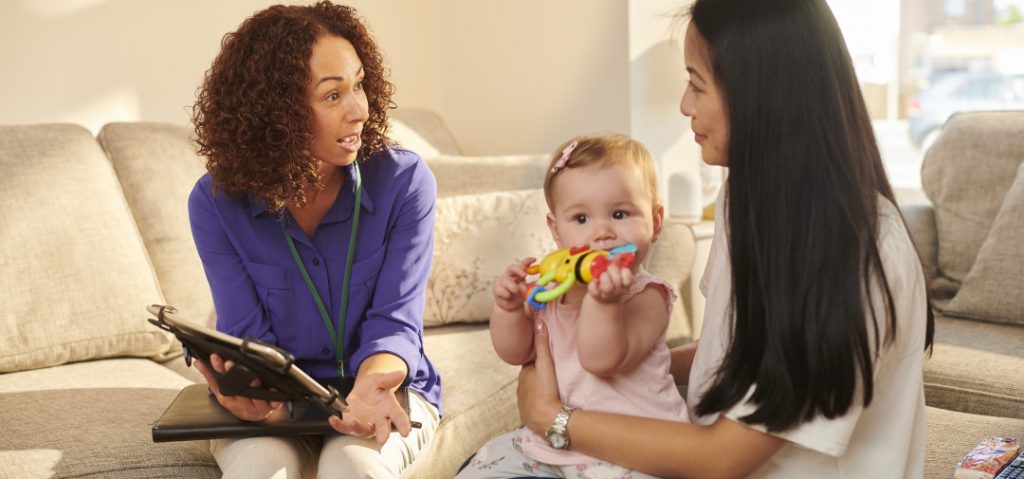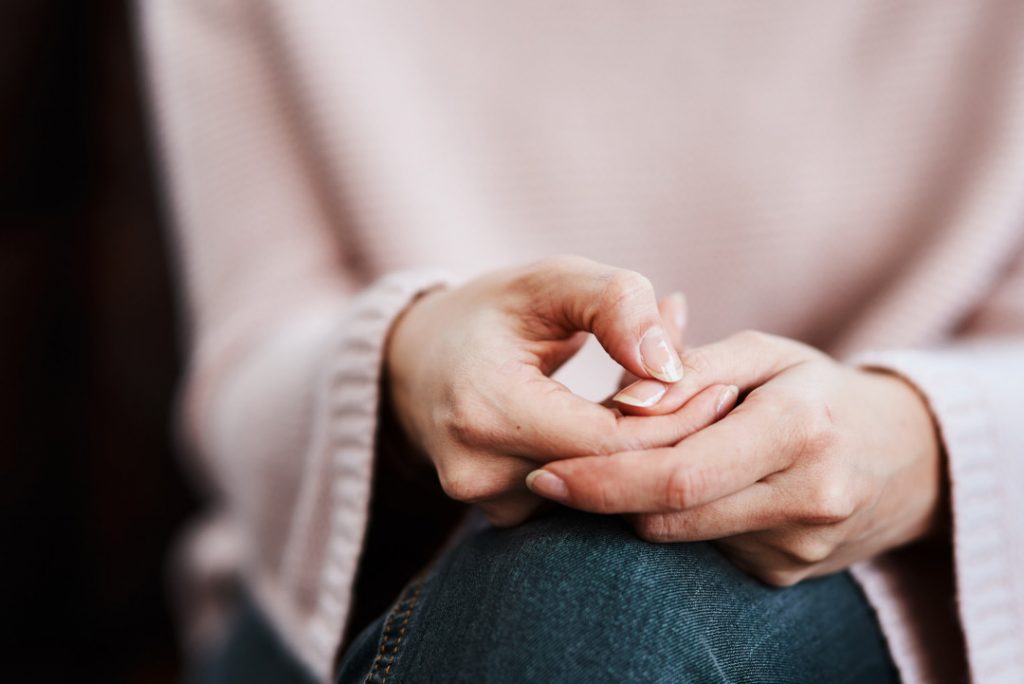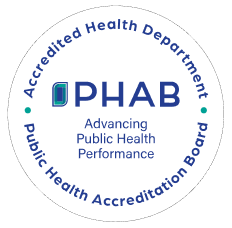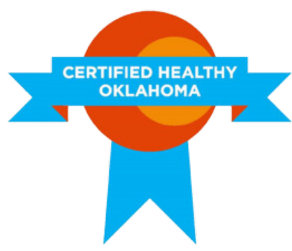Head lice infestation, or pediculosis, is spread most commonly by close person-to-person contact. Head lice are not known to transmit disease; however, secondary bacterial infection of the skin resulting from scratching can occur with any lice infestation.
Head lice are not known to transmit any disease and therefore are not considered a health hazard. The Tulsa Health Department does not perform head lice checks or provide letters of release for children hoping to return to school after an infestation. We can, however, provide information that can help avoid or deal with a head lice infestation. It is important to remember that anyone can become infested with head lice. Therefore, check often for head lice, and learn how to protect yourself and others.
Head lice are tiny parasitic insects that live on the human scalp and feed on blood. They are brownish to grayish-white with six legs and are about the size of a sesame seed. Their nits, or eggs, are extremely small, oval shaped and cream colored. They can be found glued to hair shafts approximately 1/4 of an inch from the scalp, most commonly near the neckline and behind the ears.
Head lice are spread most commonly by direct head-to-head (hair-to-hair) contact. However, much less frequently they are spread by sharing clothing or belongings onto which lice have crawled or nits attached to shed hairs may have fallen. The risk of getting infested by a louse that has fallen onto a carpet or furniture is very small. Head lice survive less than 1–2 days if they fall off a person and cannot feed; nits cannot hatch and usually die within a week if they are not kept at the same temperature as that found close to the scalp.
The following are steps that can be taken to help prevent and control the spread of head lice:
The most common symptom of head lice is an itching or tickling scalp. However, some children do not experience itching associated with head lice. Therefore, it is best to check heads once a week for early detection and to minimize infestation. For best results, divide hair in one-inch sections with a comb under bright light.
Head lice cannot fly or jump, but they can quickly crawl. They spread from head-to-head contact with an infested person or by sharing personal items (such as a brush, towel, pillow, or jacket) recently used by an infested person. Head lice do not live on pets.
Head lice are spread most commonly by direct head-to-head (hair-to-hair) contact. However, much less frequently they are spread by sharing clothing or belongings onto which lice have crawled or nits attached to shed hairs may have fallen. The risk of getting infested by a louse that has fallen onto a carpet or furniture is very small. Head lice survive less than 1–2 days if they fall off a person and cannot feed; nits cannot hatch and usually die within a week if they are not kept at the same temperature as that found close to the scalp. The following are steps that can be taken to help prevent and control the spread of head lice: Avoid head-to-head (hair-to-hair) contact during play and other activities at home, school, and elsewhere (sports activities, playground, slumber parties, camp).
Do not share clothing such as hats, scarves, coats, sports uniforms, hair ribbons, or barrettes. Do not share combs, brushes, or towels. Disinfest combs and brushes used by an infested person by soaking them in hot water (at least 130°F) for 5–10 minutes.
Do not lie on beds, couches, pillows, carpets, or stuffed animals that have recently been in contact with an infested person.
Machine wash and dry clothing, bed linens, and other items that an infested person wore or used during the 2 days before treatment using the hot water (130°F) laundry cycle and the high heat drying cycle. Clothing and items that are not washable can be dry-cleaned OR sealed in a plastic bag and stored for 2 weeks.
Vacuum the floor and furniture, particularly where the infested person sat or lay. However, spending much time and money on housecleaning activities is not necessary to avoid reinfestation by lice or nits that may have fallen off the head or crawled onto furniture or clothing.
Do not use fumigant sprays or fogs; they are not necessary to control head lice and can be toxic if inhaled or absorbed through the skin.
To help control a head lice outbreak in a community, school, or camp, children can be taught to avoid activities that may spread head lice
Head lice treatment often requires using an over-the-counter or prescription medication. Be sure to consult your health care provider and follow all directions carefully. Combing hair with a special, close-toothed comb, available at pharmacies, helps remove remaining nits.
For children less than two years old, lice and nits should be removed manually. If this is not successful, ask your child’s health care provider for treatment options.
Head lice that have moved off a human head can survive for a week without feeding. Therefore, in addition to treating the infested person, you must also treat the home. Vacuum floors and furniture carefully. Wash and dry clothes and bedding at a hot temperature. Wash combs and brushes. Items that cannot be washed, such as stuffed animals, should be put in tightly sealed plastic bags for at least two weeks.
Resources
We have 10 locations across Tulsa County that offer a variety of services to help you and your family stay healthy.

